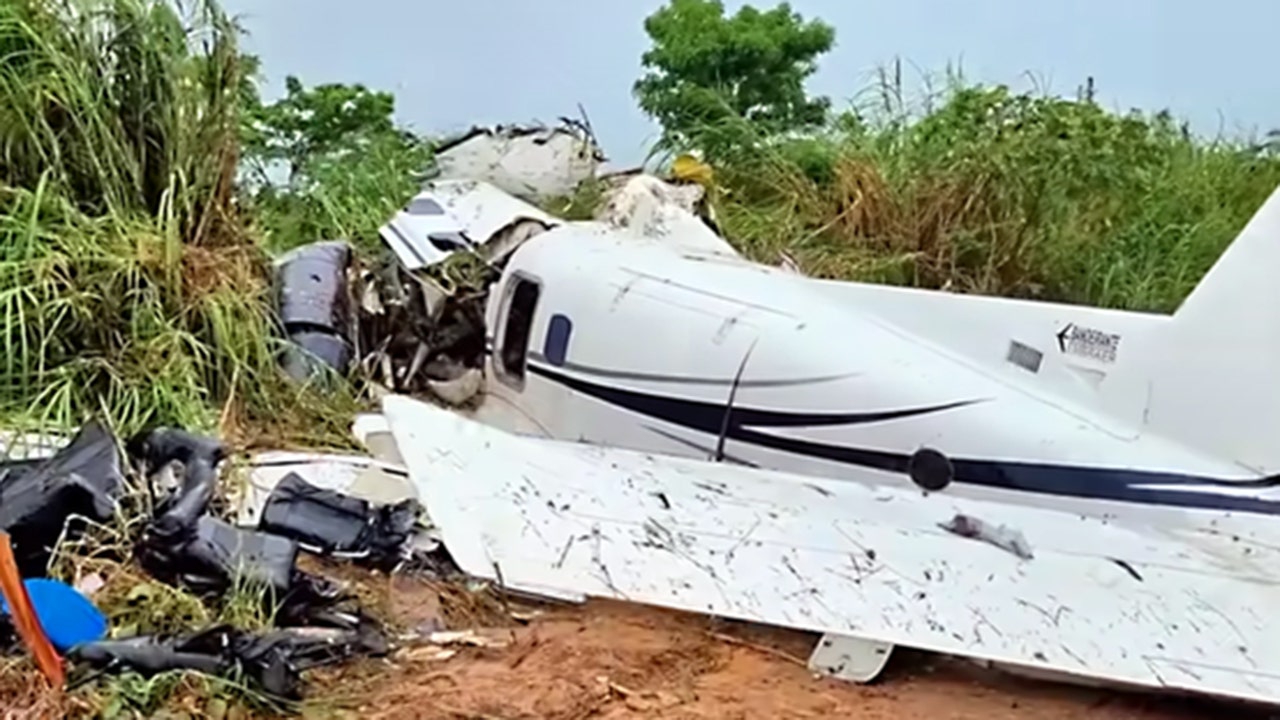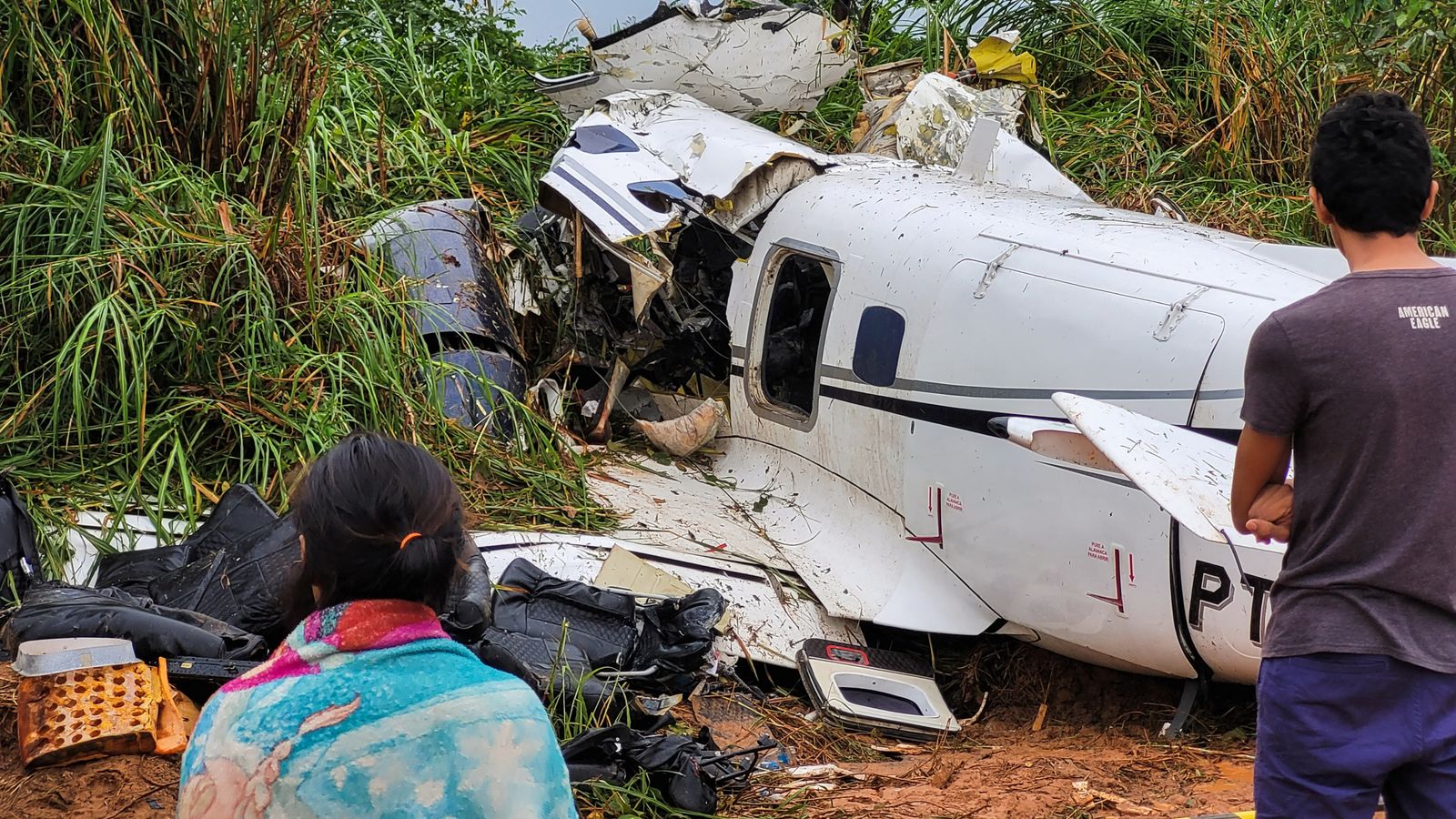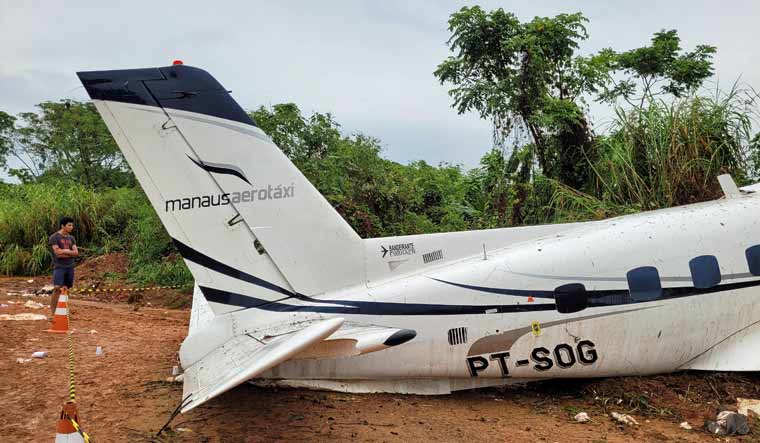Timeline and Details of the Crash

This section provides a comprehensive timeline of the events leading up to the Brazil plane crash in 2024, detailing the flight’s journey, the aircraft involved, and the initial reports regarding the potential cause of the incident. It also highlights the response efforts undertaken by authorities and emergency services.
Flight Details and Departure
The flight in question departed from Departure Airport at Departure Time on Date. The aircraft, a Aircraft Type, was en route to Destination Airport. The flight carried Number of Passengers passengers and Number of Crew crew members.
Initial Reports and Potential Causes
Initial reports from authorities suggested that the crash occurred at Time on Date near Location. The cause of the crash is still under investigation, but initial reports suggest that Potential Cause. The investigation will focus on factors such as Factors to be Investigated, including weather conditions, mechanical failure, and pilot error.
Response Efforts and Investigation
Emergency services, including Emergency Services Involved, were immediately dispatched to the crash site. Search and rescue teams were deployed to locate survivors and recover any remains. The investigation into the cause of the crash is ongoing and is being conducted by Investigating Authority. The investigation will involve a thorough examination of the aircraft wreckage, flight data recorders, and cockpit voice recordings.
Impact and Aftermath: Brazil Plane Crash 2024

The crash of the Brazilian aircraft in 2024 had a devastating impact on the families and communities affected, the aviation industry, and the global public. The incident sparked a wave of grief, introspection, and scrutiny, leading to a reassessment of safety protocols and highlighting the importance of robust investigative processes in the aftermath of such tragedies.
Impact on Families and Communities
The crash resulted in a significant number of fatalities, leaving behind grieving families and communities grappling with the loss of loved ones. The emotional toll on survivors, witnesses, and those closely connected to the victims was immense. The tragedy brought about a sense of collective mourning and a shared experience of grief, uniting communities in support and remembrance. The loss of life, particularly on such a large scale, had a profound impact on the social fabric of the affected communities, leaving a lasting mark on their collective memory.
Impact on the Aviation Industry
The crash prompted a thorough investigation into the incident, focusing on identifying the cause and determining any contributing factors. This investigation led to a comprehensive review of safety protocols and procedures within the aviation industry, aiming to prevent similar accidents in the future. The crash served as a stark reminder of the importance of stringent safety measures, leading to potential changes in regulations, training standards, and aircraft maintenance protocols. The industry’s response to the tragedy included a renewed emphasis on safety audits, pilot training, and technological advancements to enhance aircraft safety systems.
Media Coverage and Public Response
The crash received widespread media coverage, with news outlets reporting on the incident, the investigation, and the aftermath. Social media platforms played a significant role in disseminating information and connecting with the public. The public’s response to the crash was one of shock, sadness, and a sense of disbelief. Social media provided a platform for sharing condolences, expressing grief, and seeking information. The media coverage, coupled with the public’s reaction, highlighted the global impact of such tragedies and the need for transparency and accountability in the investigation process.
Investigation and Findings

Following the tragic plane crash in Brazil in 2024, a comprehensive investigation was immediately launched to determine the cause of the accident and prevent future occurrences. The investigation involved multiple national and international agencies, each focusing on specific aspects of the incident.
International Cooperation
The investigation involved the Brazilian National Civil Aviation Agency (ANAC), the National Transportation Safety Board (NTSB) of the United States, and other international aviation safety organizations. This collaborative effort aimed to gather evidence from various sources and analyze data from different perspectives.
Focus Areas of the Investigation
The investigation focused on several key areas, including:
- Aircraft Maintenance Records: Investigators scrutinized the aircraft’s maintenance history to identify any potential mechanical issues that may have contributed to the crash.
- Pilot Training and Experience: The pilots’ training records and experience levels were examined to assess their qualifications and adherence to safety procedures.
- Weather Conditions: Weather data at the time of the crash was analyzed to determine if any adverse conditions played a role in the accident.
- Air Traffic Control Communications: The investigation included a review of communication transcripts between the pilots and air traffic controllers to identify any potential miscommunications or errors.
- Flight Data Recorder (FDR) and Cockpit Voice Recorder (CVR) Analysis: The FDR and CVR, which captured data and audio from the cockpit, were meticulously analyzed to reconstruct the events leading up to the crash.
Preliminary Findings and Hypotheses
The initial investigation revealed several potential factors that may have contributed to the crash, including:
- Mechanical Failure: Preliminary analysis of the aircraft’s wreckage indicated a possible mechanical malfunction in a critical component, which may have caused a loss of control.
- Pilot Error: The investigation team is considering the possibility of pilot error, such as a misjudgment or a failure to react appropriately to a critical situation.
- Adverse Weather: While the weather conditions at the time of the crash were not considered severe, investigators are examining whether any unexpected weather events may have affected the flight.
Potential Causes of the Crash, Brazil plane crash 2024
Based on the preliminary findings, several potential causes for the crash are being explored, including:
- Engine Failure: A sudden loss of engine power or a catastrophic engine failure could have led to a loss of altitude and control of the aircraft.
- Structural Failure: A structural defect or fatigue in the aircraft’s fuselage or wings could have resulted in a catastrophic failure during flight.
- Pilot Incapacitation: A medical emergency or incapacitation of the pilots could have prevented them from taking necessary actions to maintain control of the aircraft.
- Loss of Control: A combination of factors, such as mechanical failure, pilot error, or adverse weather, could have led to a loss of control and a subsequent crash.
Brazil plane crash 2024 – The news of the Brazil plane crash in 2024 sent shockwaves through the world, reminding us of the fragility of life and the ever-present risk of tragedy. Understanding the factors that contribute to plane crashes today is crucial, not only to prevent future incidents but also to honor the memory of those lost.
As we reflect on the Brazil plane crash, let us remember that even in the face of such devastating events, hope and resilience can guide us through the darkest of times.
The tragedy of the Brazil plane crash in 2024 serves as a stark reminder of the fragility of life and the importance of safety in aviation. While the investigation into the specific cause continues, it’s important to remember that tragedies like this have occurred with other aircraft models, such as the ATR 72 crash , which highlights the need for ongoing vigilance and improvements in safety protocols across the industry.
The hope is that lessons learned from past incidents, including the Brazil plane crash, will lead to safer skies for all.
